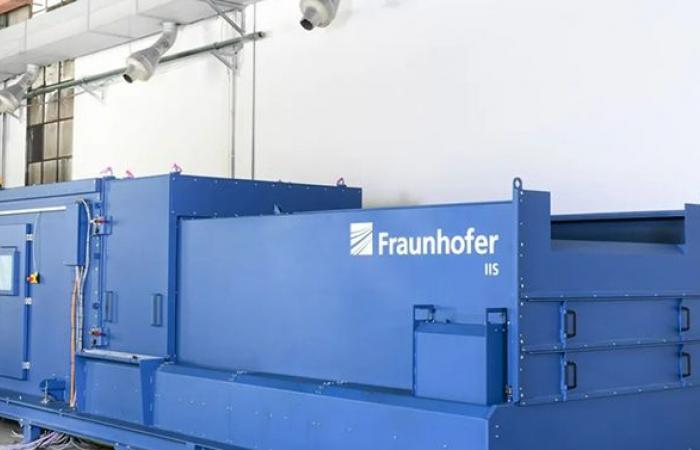Según and Estudio de la Asociación Alemana BDE Federal Association of German Disposal, Water and Circular Economics e. V., Every year more than 10,000 fires occur in German waste classification plants. About 80% of these fires are caused by lithium -ion batteries. These batteries, common in smartphones, electric toothbrus or might signed, are usually removed along with packaging waste. They can be damaged and burned, especially during the recycling process in classification plants. The damage caused by this reason is estimated at about one billion euros a year.
Use X -ray technology to isolate dangerous batteries at an early stage
The Dangersort project aims to reduce the risk of fire in classification plants. “We are developing a sensor -based classification system that uses X -ray technology and artificial intelligence to detect hazardous lithium -ion batteries and separate them from the rest of the waste flow in an early phase”he explains Johannes Leisner, head of the group of classification and laboratory systems of the Fraunhofer IIS X -ray Technology Development Center. So far there were no preventive measures against fires caused by batteries, but only solutions to combat them, such as the improvement of extinction systems. “Sensor -based technology could also facilitate the recycling of batteries, closing its production cycle·, Afirma Leisner.
A prototype system installed in the Fraunhofer IIS demonstrates the potential of the idea. A high -speed conveyor belt in the X -ray classification system of the Fraunhofer IIS, which moves at speeds of up to three meters per second, transports the waste flow. An X -ray source on the conveyor belt works as a airport luggage scanner and examines the flow of material. This technology can also identify batteries installed in appliances or hidden by other waste. An X -ray detector mounted under the conveyor belt takes images at the speed of the tape, which results in a continuous series of radiographs.
This series of images is evaluated below: “To do this, we apply an AI system designed for especially rapid image processing and is normally used in autonomous driving applications,” Explica Leisner. “We have adapted and reset so that it can also analyze radiographs and specifically detect electrical appliances containing lithium -ion batteries.”
-The classification begins according to the data collected. This information allows special compressed air valves to be controlled that separate hazardous electrical appliances from the waste flow. Air nozzles of about five millimeters remove them from the tape and transport them to a separate camera. The right time between the evaluation of the radiography and the implementation of the nozzles is crucial for this process.
“It is difficult to detect and isolate the different battery sizes during the separation process, since they can range from ten kilos electric bicycle batteries to button batteries”afirma Leisner.
Currently, the classification system continues in Test phase In Fraunhofer IIS. The plant is planned to be delivered to the waste management company Lobed In early June to perform the first practical tests. The project, funded by the Federal Ministry of Education and Research (BMBF), will last until the end of August 2025.
The prototype system is developing within the framework of the AI Application Hub on Plastic Packaging. A total of 51 partners of the industry, research and society collaborate closely in KioTipack and K3i-Cycling laboratories. Your goal is Advance the application of the methods of the PARA an efficient circular economy approach to resources for plastic containers in Germany.






